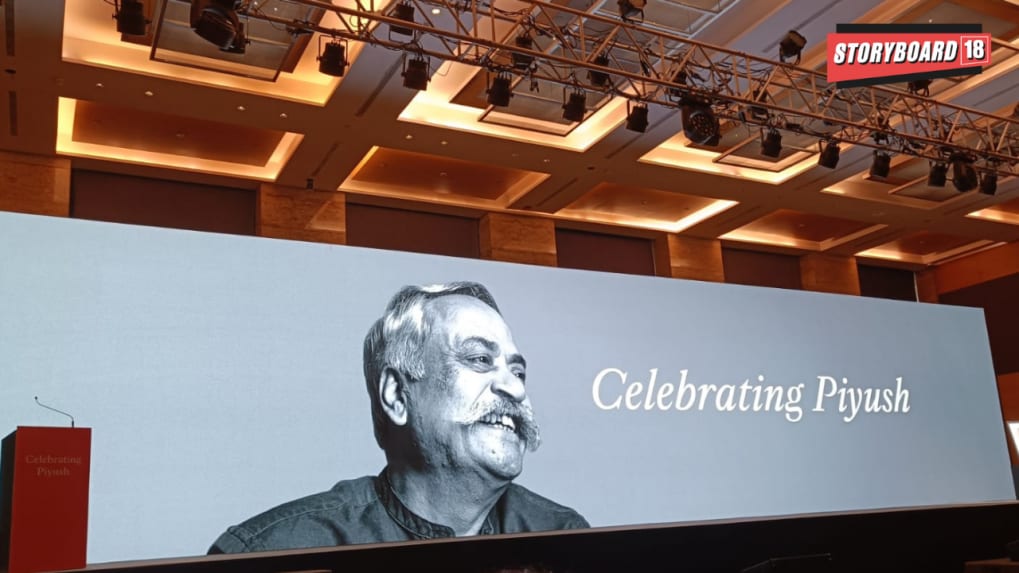In the age of algorithms, Piyush Pandey’s human touch is advertising’s missing code
As brands chase clicks and algorithms dictate creativity, Piyush Pandey’s people-first philosophy offers a timeless blueprint for building emotion in a data-driven world.
ADVERTISEMENT
When Piyush Pandey joined Ogilvy India in the early 1980s, Indian advertising spoke in borrowed tongues. The jingles were English, the actors polished, the humour imported. Brands aspired to sound cosmopolitan - and, often, ended up sounding alien. Pandey, a former cricketer and tea-taster from Jaipur, changed that. He made advertising sound like India itself.
He did it not through slogans or celebrity endorsements, but through tone - earthy, emotional, familiar. His campaigns for Fevicol, Cadbury Dairy Milk, Asian Paints, and many more, sold products while capturing the heartbeat of a country. Fevicol’s glue became a metaphor for unity. Cadbury’s “Kuch Khaas Hai” wasn’t about chocolate; it was about joy, spontaneity, women dancing on cricket fields.
In a country still learning the grammar of consumer aspiration, Pandey gave brands a local accent and a global posture.
A Cultural Translator
At Ogilvy, Pandey rose to become Chairman of Global Creative and Executive Chairman India - titles that never quite contained the scope of his influence. Under his leadership, Ogilvy India became the most awarded and admired agency in the country, setting benchmarks for storytelling and business growth.
In 2004, he made history as the first Asian to preside over the Cannes Lions Film Jury — a symbolic moment for Indian advertising’s coming of age.
Pandey’s approach was deceptively simple: speak the language people actually use. Advertising is not about selling, it’s about understanding. That philosophy turned campaigns into cultural moments.
At a time when global agencies often imposed Western templates on Indian brands, Pandey flipped the equation. He made Indian vernacular, humour and emotion exportable. Ads rooted in domestic idioms - a carpenter’s bench in a Fevicol spot, a grandmother’s warmth in an Asian Paints film, became masterclasses in universal storytelling.
Lessons for a Digital Age
Pandey’s career unfolded largely before the algorithmic revolution - before data dashboards and digital virality began dictating the creative agenda. Yet his lessons are uncannily relevant to a generation now drowning in content.
Start with people, not platforms. Pandey didn’t chase mediums; he chased moments of recognition. Every Fevicol gag or Cadbury smile began with a human truth. In an era of constant scrolling, that grounding feels revolutionary.
Local is not parochial. In a world obsessed with global relevance, Pandey proved that the hyperlocal - the quirks, idioms and textures of everyday India - can resonate across borders when treated with honesty.
Simplicity travels farther than complexity. Many of his most enduring campaigns are built on childlike metaphors. In contrast to today’s multiverse of touchpoints and data-driven personalisation, Pandey’s clarity feels like rebellion.
Culture precedes commerce. Pandey built brands that became social shorthand — Fevicol as metaphor for bonds, Asian Paints for memory, Cadbury for celebration. His work suggests that building community around meaning is a better long-term strategy than chasing conversions.
Technology can amplify, but never originate. Pandey often reminded younger creatives that tools are means, not motives. Tech can enhance your vision, but it cannot give birth to an idea. In a world where AI is now scripting jingles, that principle has never felt more urgent.
A Mirror to Modern Advertising
Pandey’s passing this year marked the end of an era - and perhaps the start of an overdue reckoning for the industry he shaped.
Modern marketing, with its analytics dashboards and influencer pipelines, risks losing the one thing Pandey prized most: the human pulse. For him, emotion was the algorithm.
The question for today’s creators isn’t whether to adapt his style - it’s whether they remember what he stood for. Pandey’s work was rooted in empathy, humour and the courage to sound unmistakably Indian. That courage built campaigns and cultural memory.
As advertising tilts toward automation and performance metrics, the Pandey playbook offers a quiet rebellion: Write for the heart, not the click. Speak like your audience, not at them. And above all, make something worth remembering, not just worth sharing.
Because in the noisy, fleeting economy of attention, Piyush Pandey’s greatest lesson endures - the best ads don’t just sell; they stay.

